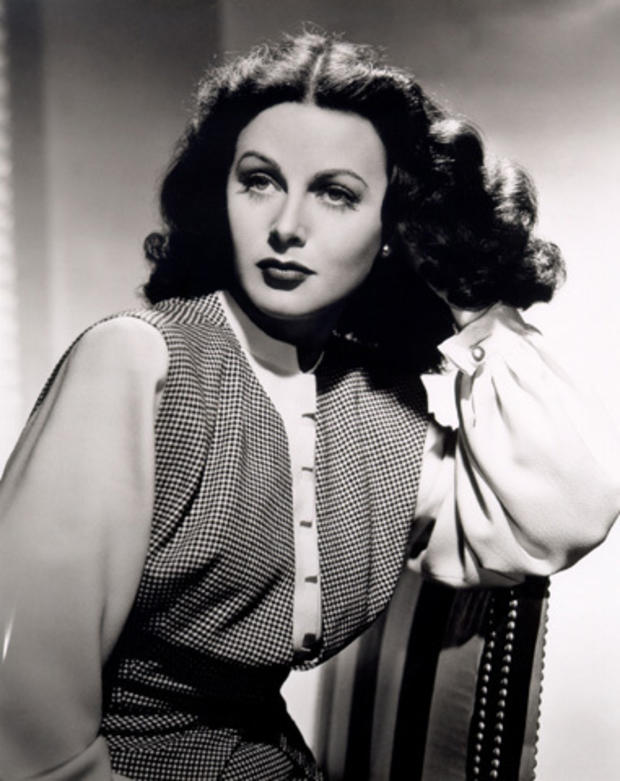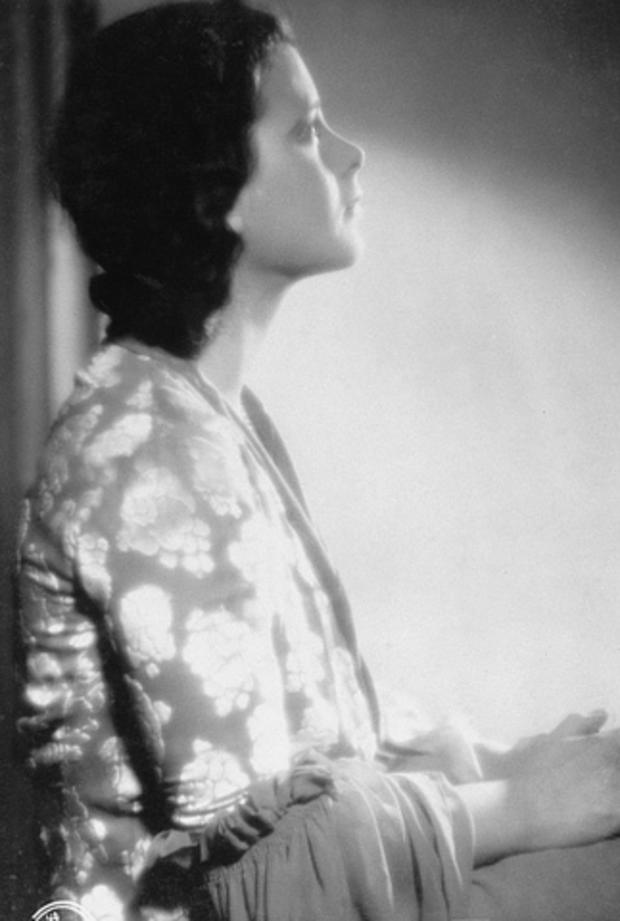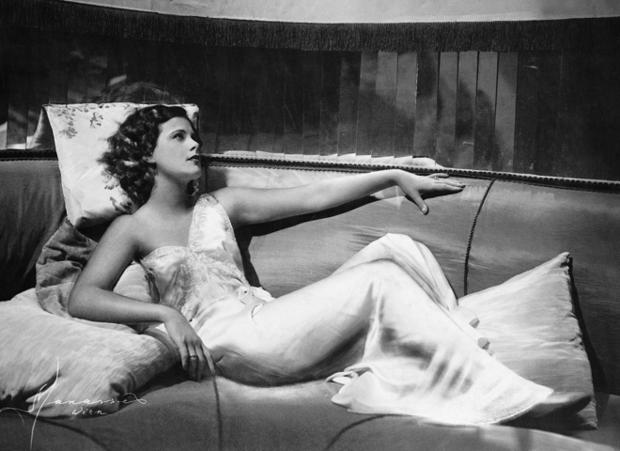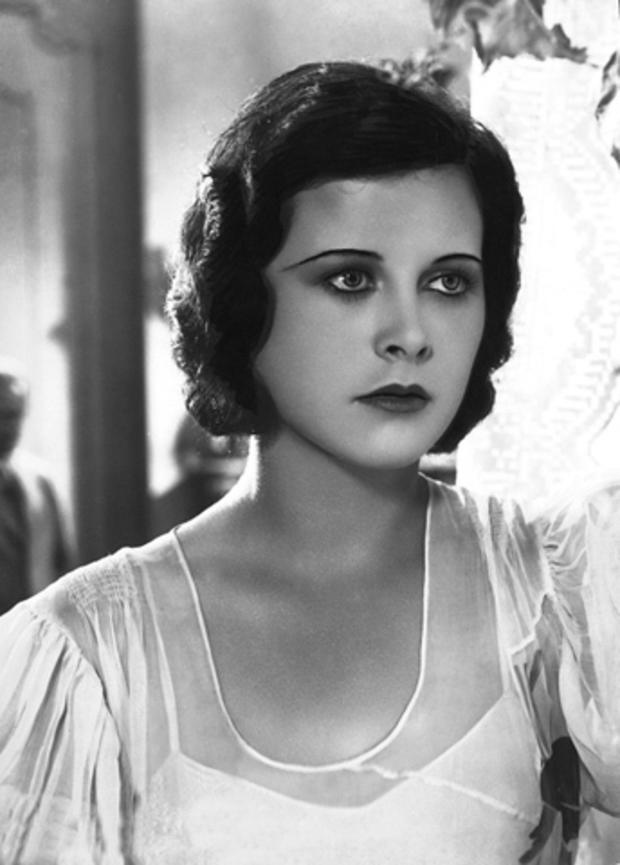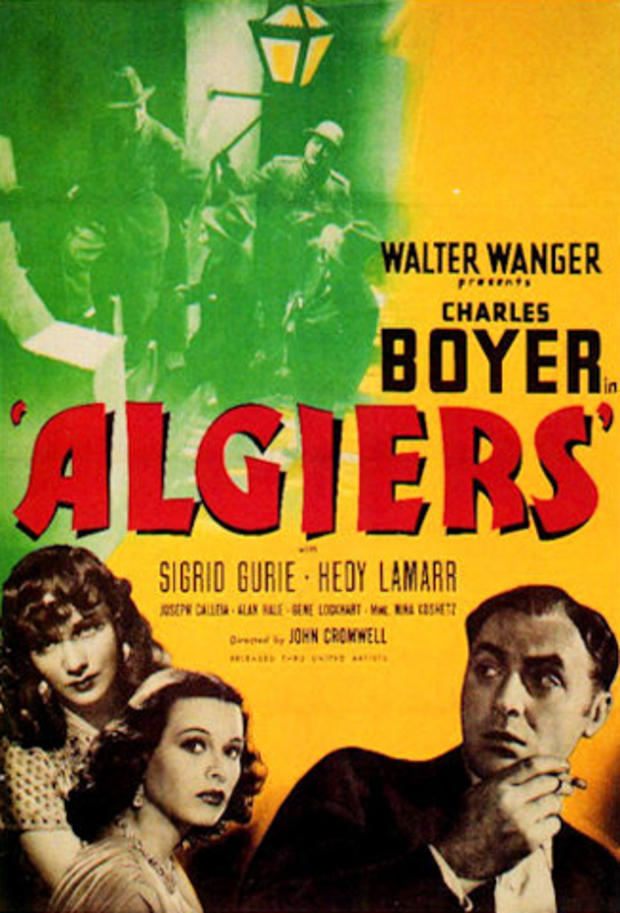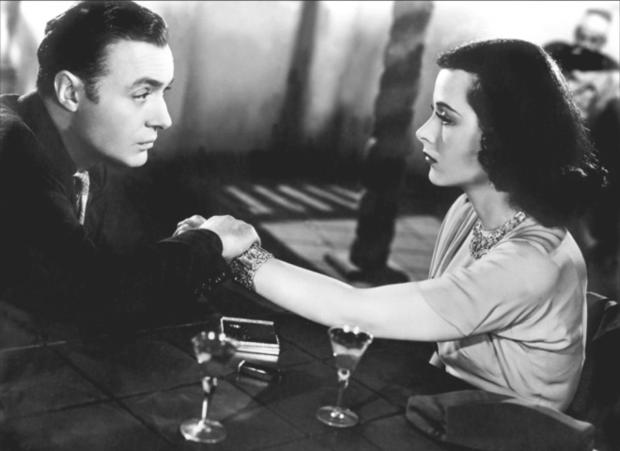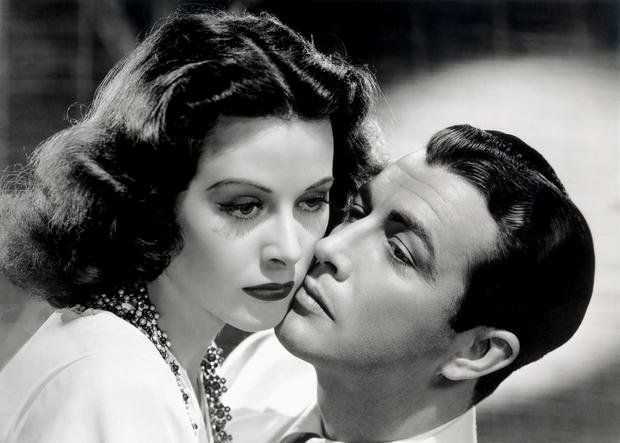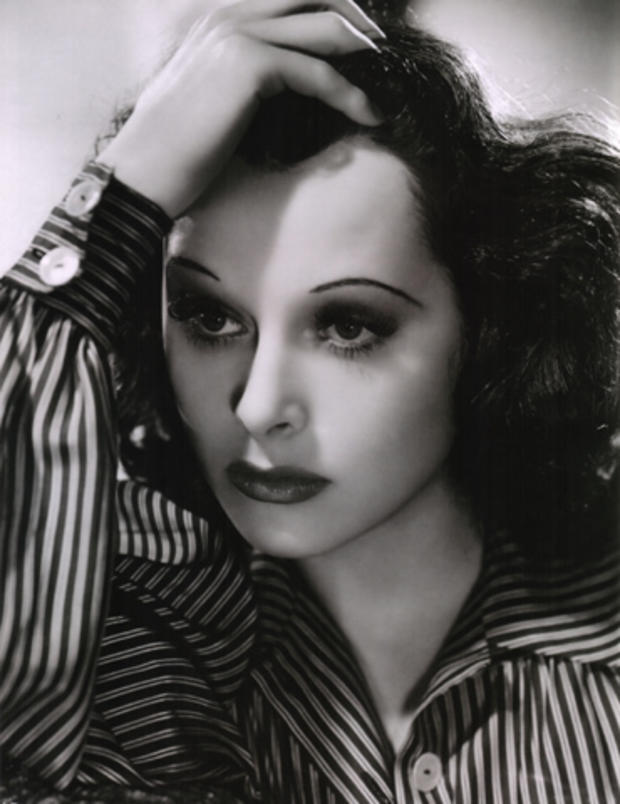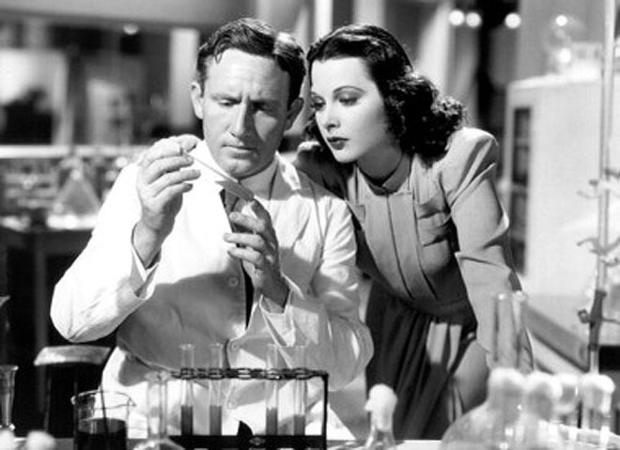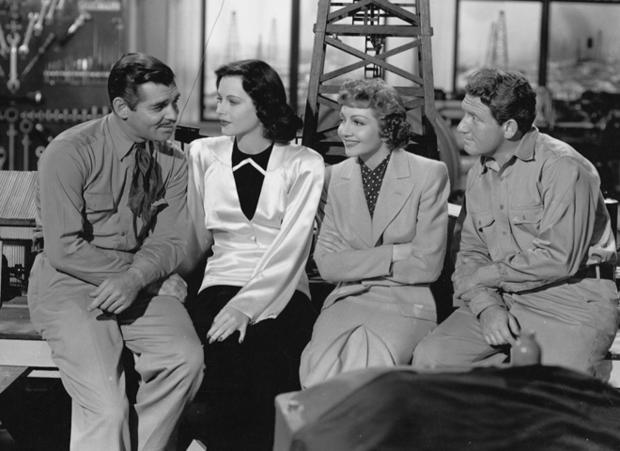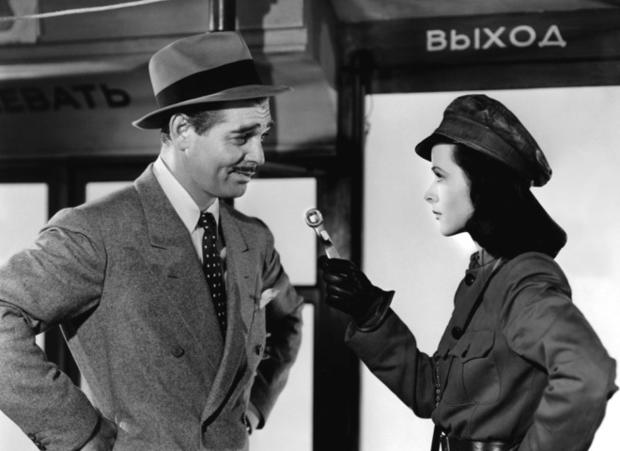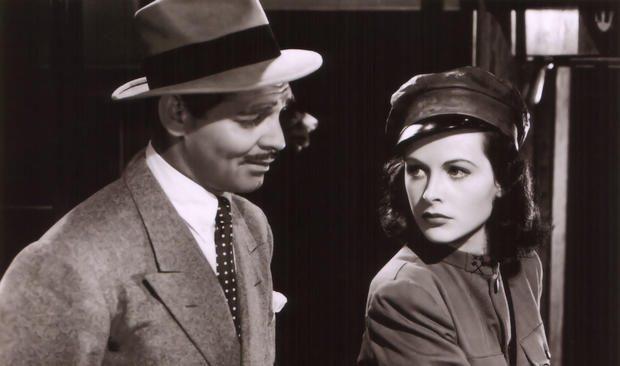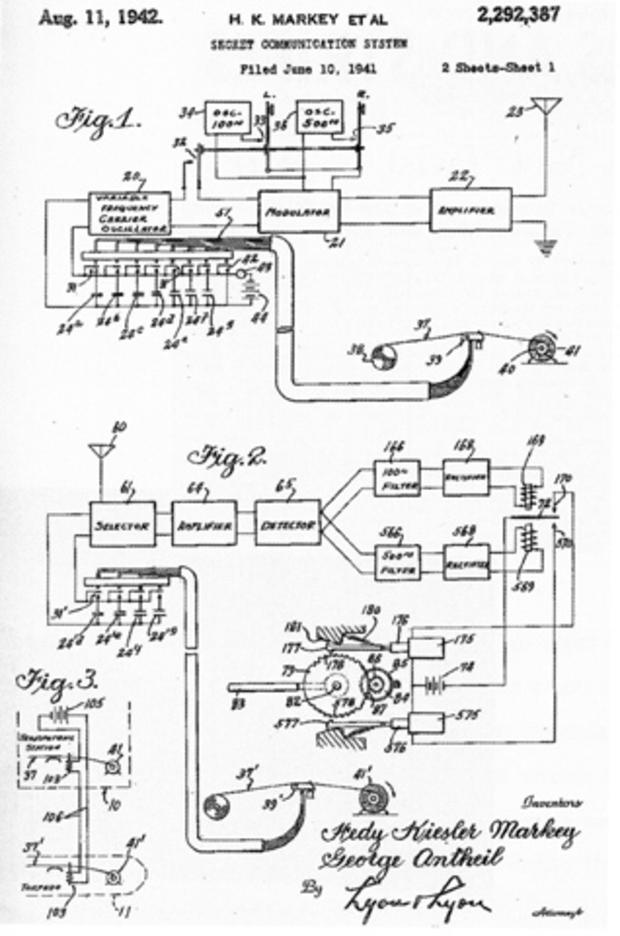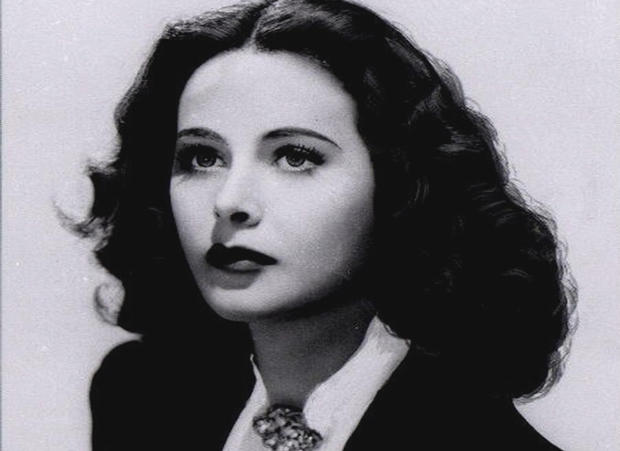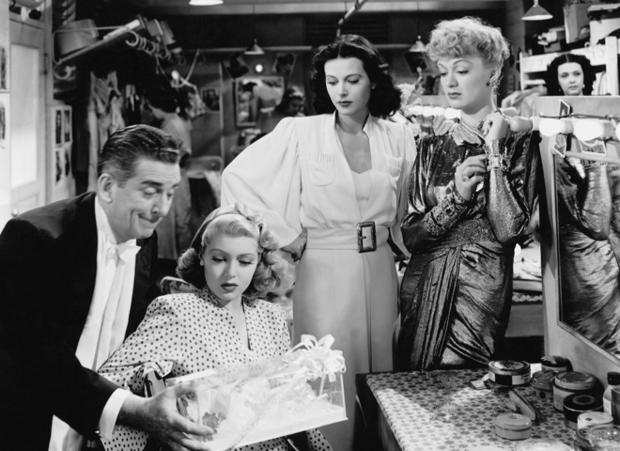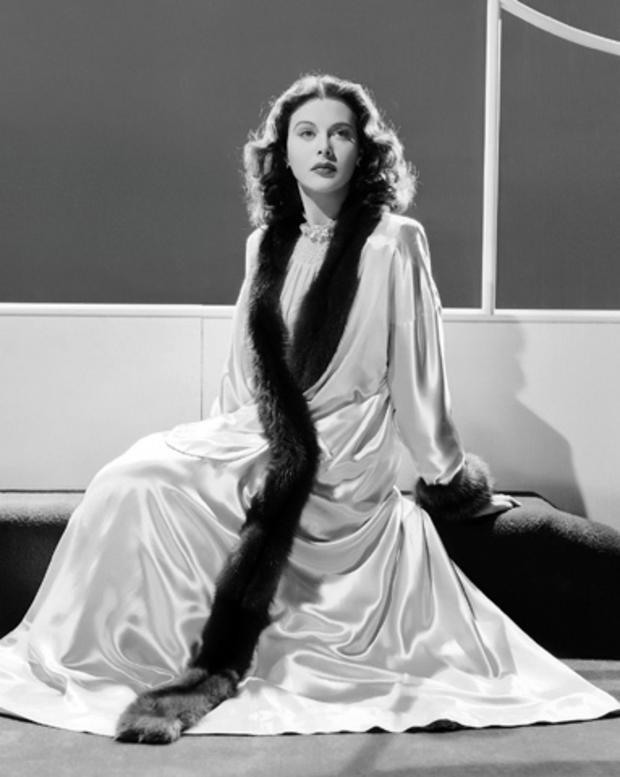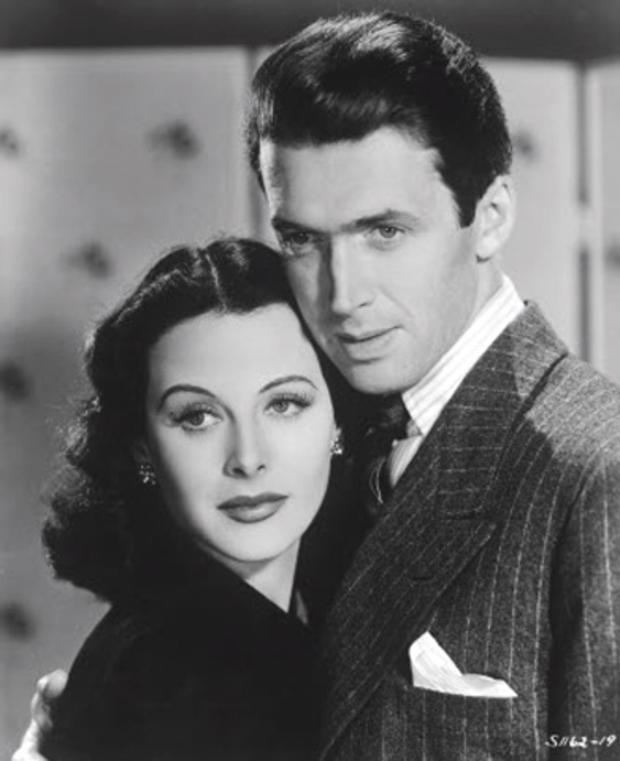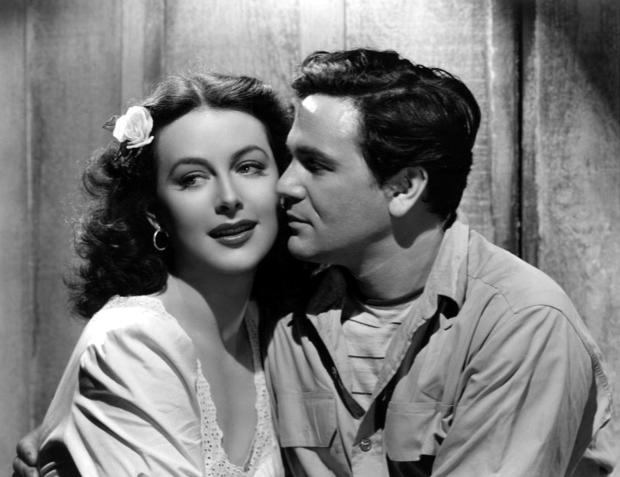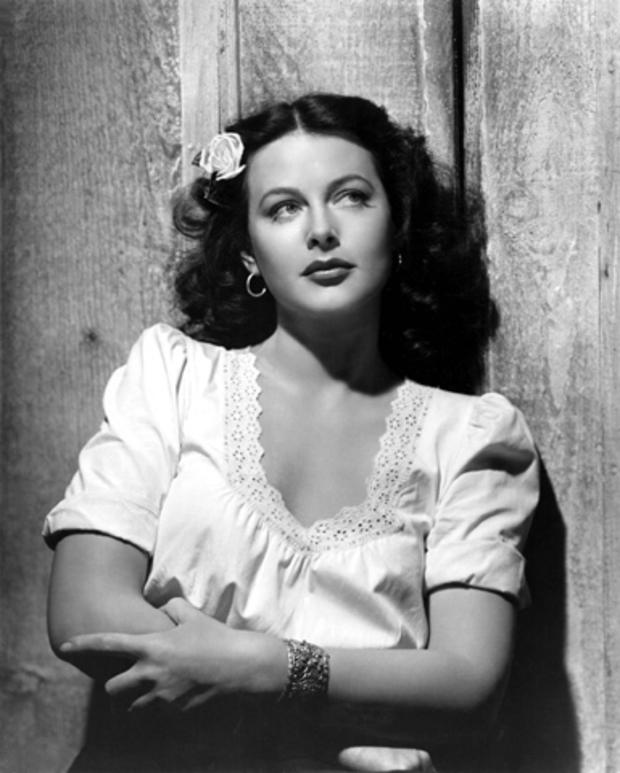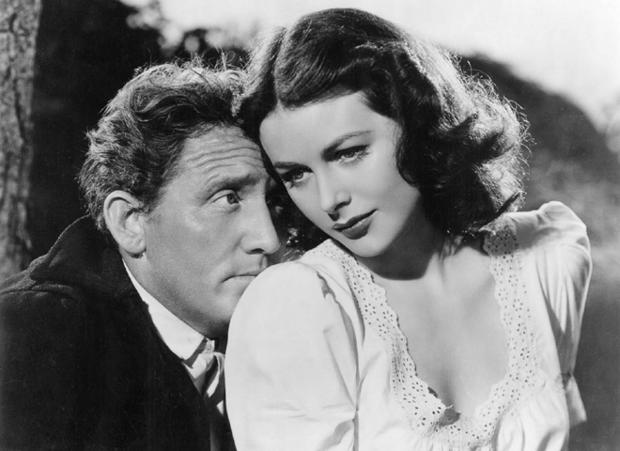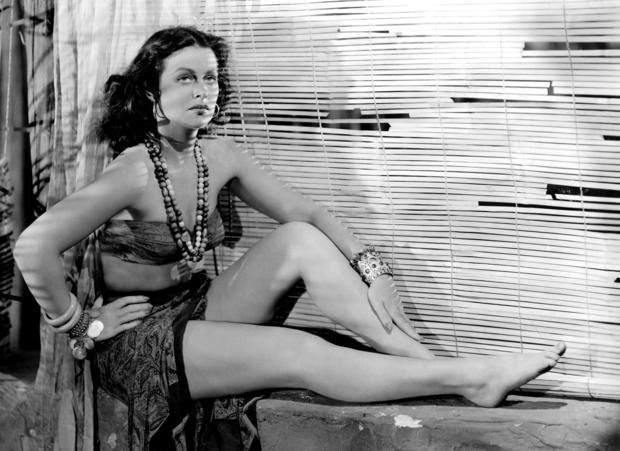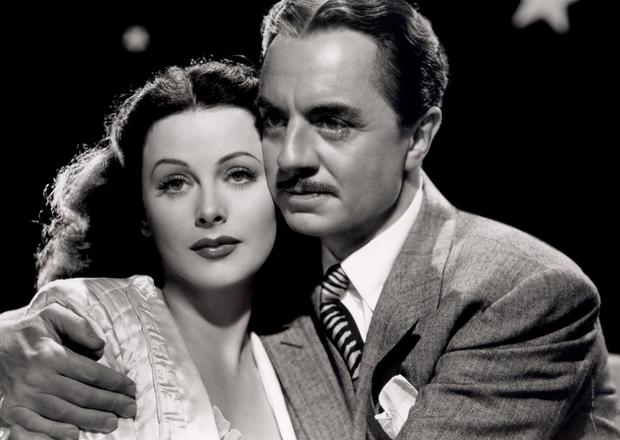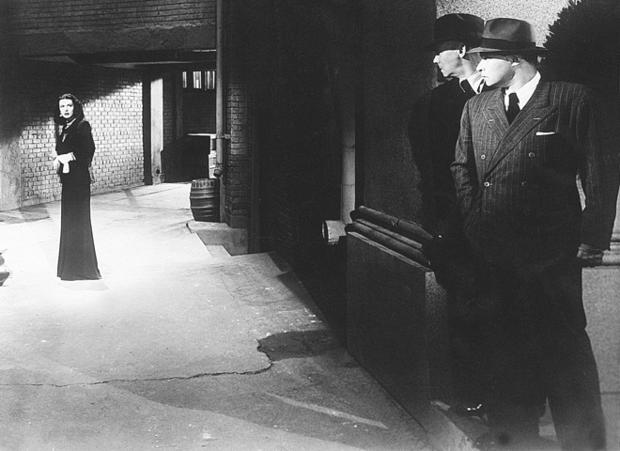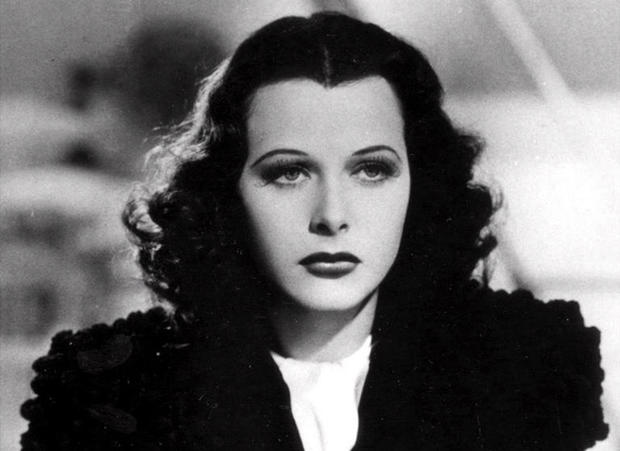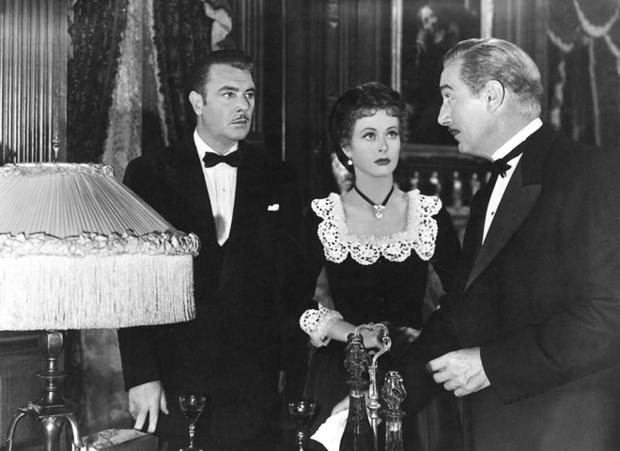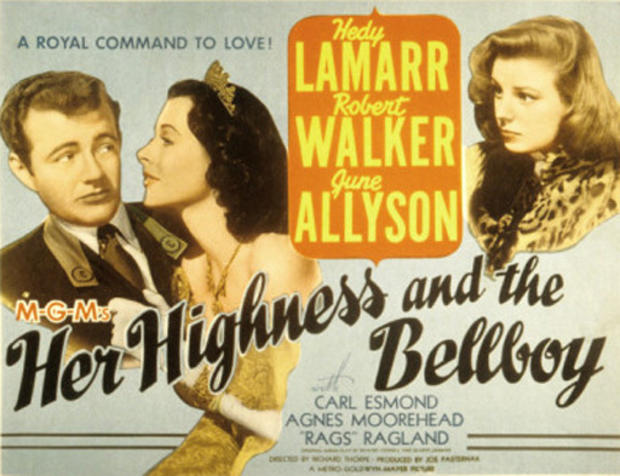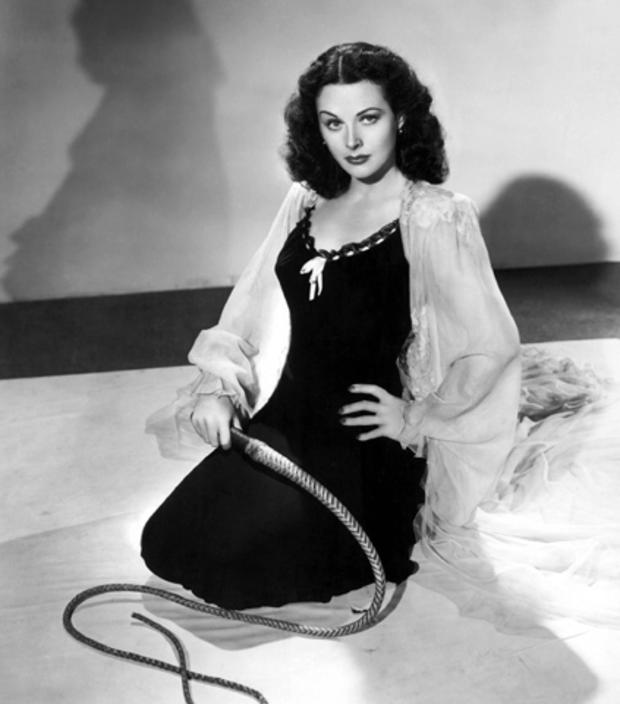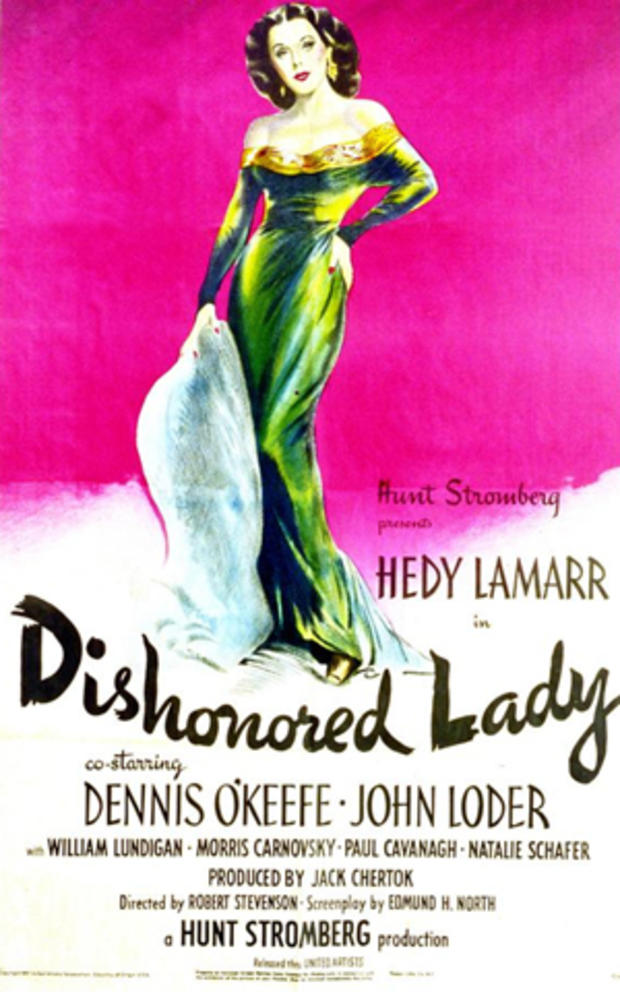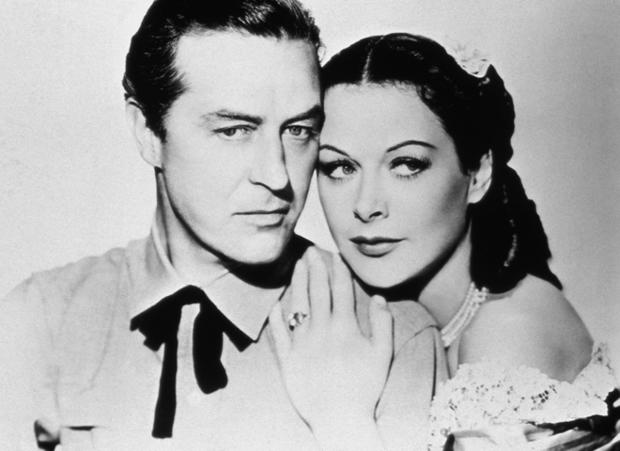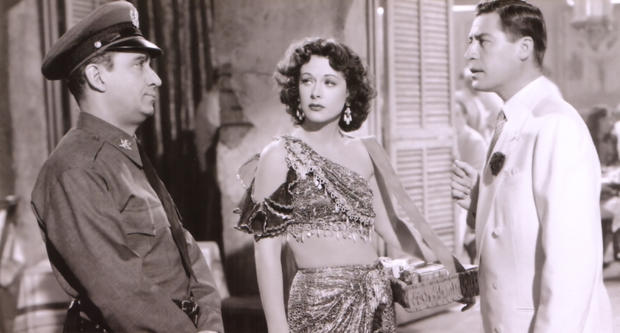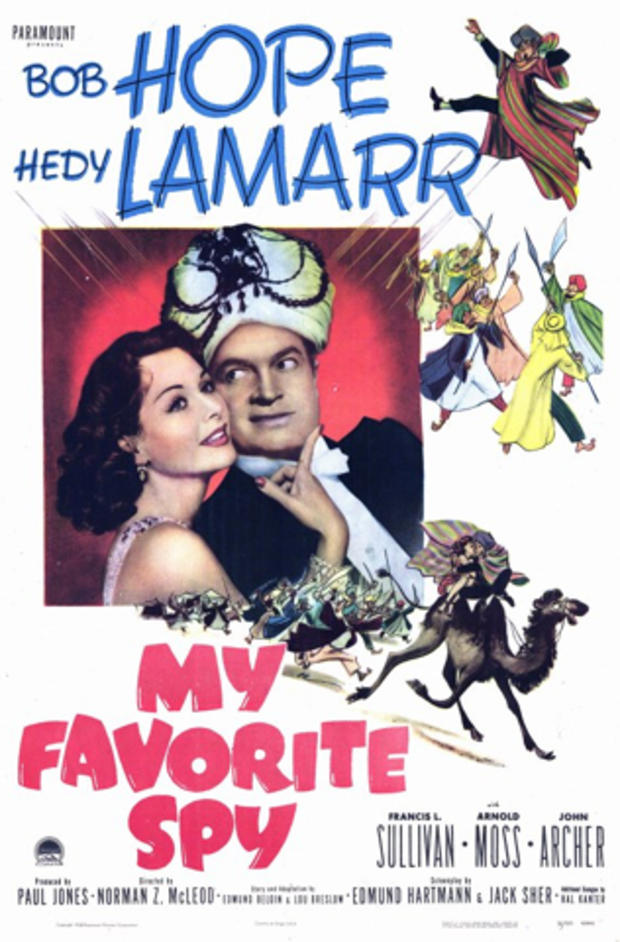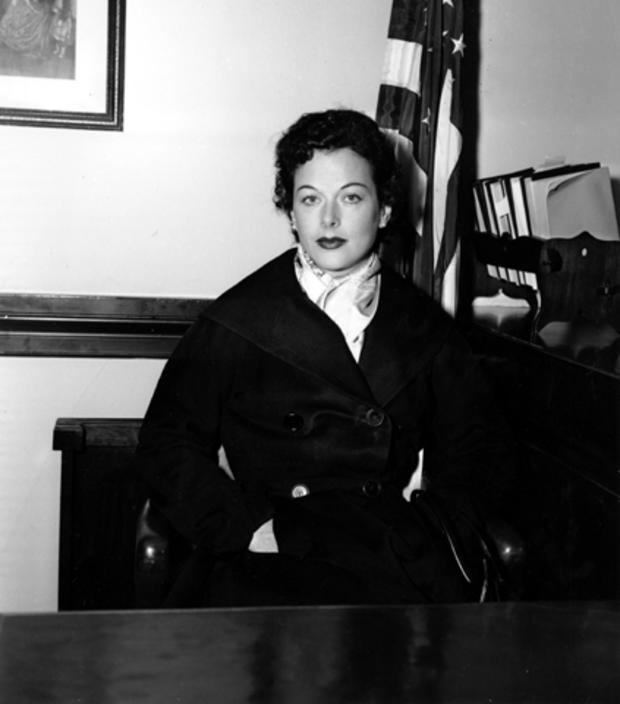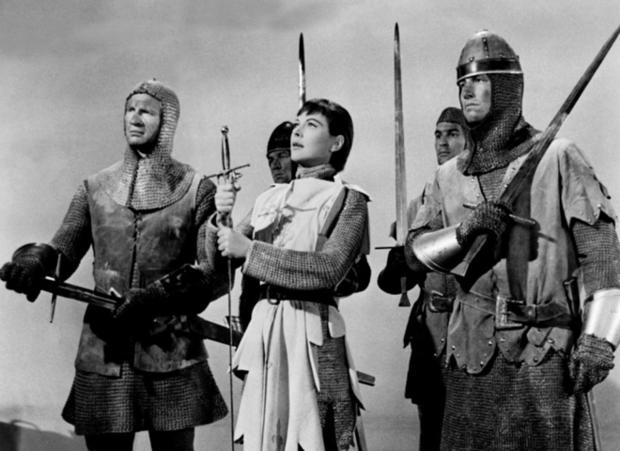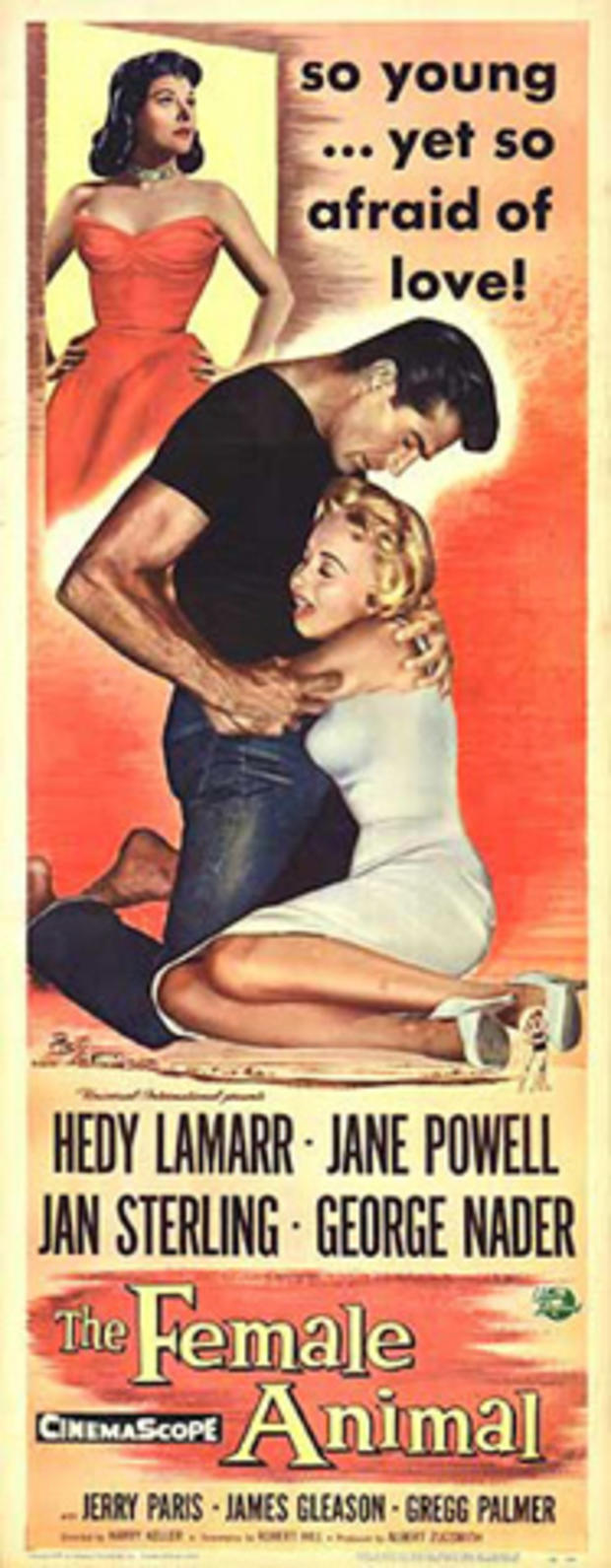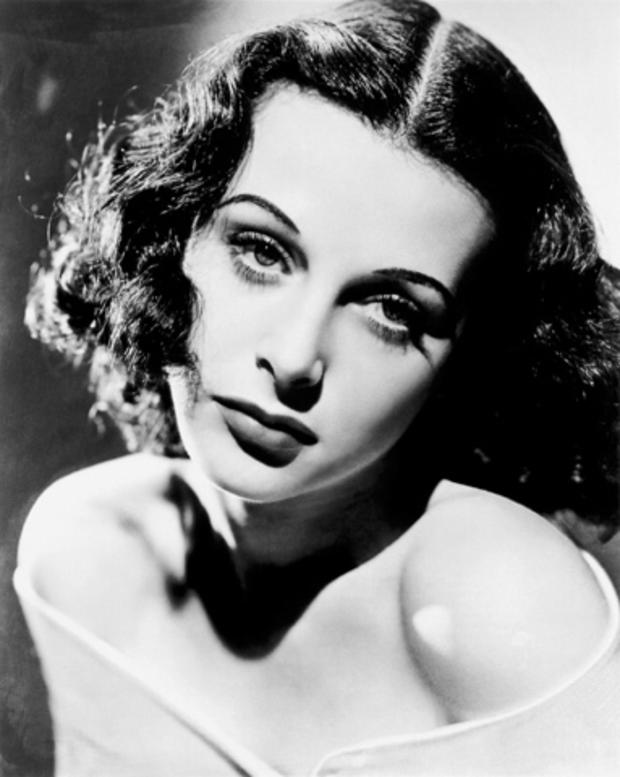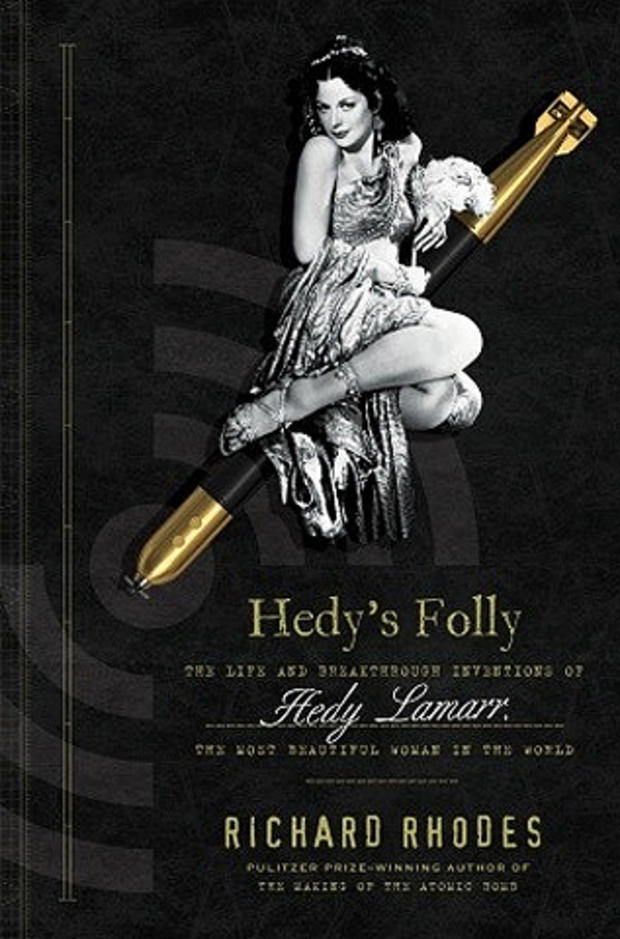Hedy Lamarr: Inventor of WiFi
Her idea for a radio-controlled torpedo, guided by a signal that couldn't be intercepted - a technology she called "frequency hopping" - that was a precursor for the technology that decades later made GPS, cell phones and WiFi possible.
By CBSNews.com senior editor David Morgan
At a young age Hedy married a wealthy arms manufacturer named Fritz Mendl, and spent many an evening absorbing his talk of top-secret weapons systems with the likes of Mussolini and others.
Lamarr's husband tried to buy up all existing prints to have them destroyed, but failed. (Mussolini, among others, kept his!)
Determined to leave Europe (and her husband), Lamar sailed for the U.S. on the same ocean liner as MGM head Louis B. Meyer, who quickly put Hedy under contract.
Here Lamarr played a Communist street conductor who is to be smuggled out of Russia by a reporter played by Gable.
She collaborated with avant garde composer George Antheil, who had synchronized player pianos for a musical piece, and had the designs patented.
So MGM changed the "negress" Tondelayo to a half-Egyptian/half-Arab. Problem solved. The cameras rolled, and Hedy Lamarr created one of her most famous roles.
Warner Brothers' 1942 classic "Casablanca" was inspired in a way by "Algiers," and the studio had wanted Lamarr for the role ultimately played by Ingrid Bergman. But while that particular casting didn't work out, "Conspirators" does offer three of "Casablanca"'s stars: Paul Heinreid, Sydney Greenstreet and Peter Lorre.
Lamarr and the 43-year-old night club owner has married the previous June. Lamarr told the court he was "unkind" to her for weeks at a time.
Lamarr eventually settled in Florida, where she continued inventing.
Corel's lawyer maintained the company used a digitally-produced likeness of Lamarr and not a photograph, but the two parties settled for an undisclosed amount.
"Hedy's Folly: The Life and Breakthrough Inventions of Hedy Lamarr, the Most Beautiful Woman in the World" by Richard Rhodes (Random House)
hedylamarr.com (Official site)
Hedy Lamarr Foundation
